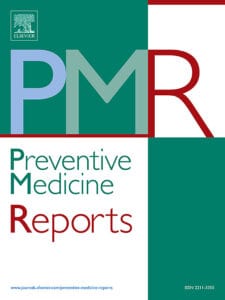The effects of sociodemographic factors and comorbidities on sepsis: A nationwide Swedish cohort study

Sepsis is a severe condition, representing a significant public health concern, especially in the elderly. There is, however, little insight into the potential effects of sociodemographic factors and comorbidities on sepsis incidence and how these factors interact. This was a nationwide open cohort study including individuals (N = 6 746 010) in Sweden ≥ 18 years of age spanning from 1997 to 2018, with 116 175 995 person years of follow-up. The outcome was time to first occurrence of sepsis. The following variables were included in the analysis: sociodemographic factors (age, sex, income, education, marital status, region of residency, and country of origin), severe mental disorders (schizophrenia and bipolar disorders), and Charlson Comorbidity Index. Interaction tests were conducted. A total of 161 558 individuals were diagnosed with sepsis during the study period, corresponding to an incidence rate of 13.9 per 10 000 person years (95% CI: 13.8 – 14.0). The main findings were that male sex, high age, low education, and comorbid conditions were positively associated with sepsis, after adjustments for the other covariates. Being aged 80 years and above yielded a HR of 18.19 (95% CI: 17.84 – 18.55) and the effect of high age was more than twice as high in men than in women. In conclusion, this large nationwide cohort found that several sociodemographic factors and comorbid conditions were independently associated with sepsis and men were more affected by higher age than women. These findings can help improve sepsis awareness and preventive work in risk groups.
Henning Stenberg, Xinjun Li, Wazah Pello-Esso, Sara Larsson Lönn, Sara Thønnings, Ardavan Khoshnood, Jenny Dahl Knudsen, Kristina Sundquist, Filip Jansåker
2023
Preventive Medicine Reports, 35(October):102326
